Should you plant onions and garlic together?
Experienced gardeners always think about which neighbors will surround each of the crops and what grew in one place or another on their site in the past season. Garlic and onions are planted together or separately for these reasons.
Why is a competent selection of neighbors so important for plants?
Any plant takes nutrients from the ground and affects the composition of the soil. The need for nutrients can be high, medium or low. And it is necessary to place vegetable, green and berry crops in the country with this factor in mind.
The whole garden "ensemble" must work harmoniously. Or, to put it another way, every culture needs its own good neighbors.
Plants that are nearby should not oppress, but stimulate each other's growth. In addition, they must have the same requirements for soil moisture and salt content. Finally, each plant should become a barrier to those diseases and pests that can affect and destroy a neighbor.
Planting onions and garlic side by side: the pros and cons
But can onions and garlic really get along in the same garden? There are different opinions on this, but most farmers say that it is not worth planting these plants nearby. It is not strictly prohibited, but objectively this is not a very successful couple.
Both onions and garlic belong to the Liliaceae family. This means that they have common diseases. That is, one plant cannot protect another in any way. In addition, both plants are very fond of light, and, accordingly, it is better to organize separate beds for growing them.
But in conditions when there is not so much space in the garden and there is a desire to fit as much as possible on a modest plot, they can be placed side by side. This has its own logic. Both onions and garlic are fast-maturing crops. And they have about the same sowing time.
Spring and winter options: planting features
Spring onions and garlic should be planted in early spring. Of course, different methods are used to plant each plant. The seed preparation technologies (onions and cloves) are also individual. But be that as it may, the gardener will still need to loosen well and prepare the beds. One of the stages of such preparation is watering the soil with a weak solution of copper sulfate or potassium permanganate. This is necessary to disinfect the soil.
Digging holes also requires a special approach. They should not be too deep - three centimeters is enough. The first sprouts of garlic and onions are small, it will be difficult for them to break through a significant layer of soil, which means that this crop will take longer to ripen.
Advice
You should not plant onions very close to garlic - the distance between the rows should be at least 15 centimeters. Both of these plants love light, and it is unacceptable for one to block the other from the sun.
After planting, little remains to be done - you just need to weed the weeds on time (in a rainy spring, even watering is not required) and wait for the first vegetables to grow and become ready to eat.
As for winter crops garlic and onions (yes, there are these too), then they are planted in the fall before the first frost. Many gardeners who plant the winter varieties of these plants together often get a decent result. But it is worth remembering that planting these plants for the winter should be carried out in elevated areas that are protected from flooding. Also, the soil before planting should be fertilized with potassium-phosphorus fertilizers.With the onset of the first frost, the bed should be covered with spruce branches or a layer of fallen leaves to prevent freezing.
The principle of fruit change
One of the key rules regarding planting onions and garlic is that they cannot be planted in the soil where they grew a year ago, last season. This will allow you to observe the so-called principle of fruit change. This principle makes it possible to optimally prepare the ground for the next planting. Its meaning is as follows: after sowing crops that have a shallow root system (these include onions and garlic), it is necessary to plant vegetables with a deep root system. And if some plants are struck by some disease, then in their place it is necessary to plant crops that have immunity to it.
That is, on a plot of land where onions and garlic were grown last year, it is advisable to plant something else in the new season, for example, cucumbers, tomatoes, peppers, beets, white cabbage. Experts advise giving the earth a rest from garlic and onions for 2-3 years. This approach will prevent the risk of soil depletion.
Advice
Many are interested in whether to plant garlic and onions next to them in a greenhouse. The answer here is: in fact, there is no expediency in this. These vegetables will ripen well in free space. And inside the greenhouse, tomatoes and cucumbers will not allow them to develop normally - they will take most of the food and light.
Other good neighbors for these crops
These cultures, despite many similarities, have differences. Each of them has its own special list of good neighbors. Onions, for example, will feel great next to radishes, parsley, strawberries, tomatoes, salads. But you cannot combine onions with beans, beans, peas, sage.
This culture also has certain requirements for the soil. On heavy soil with a high clay content, it is unlikely that it will be possible to grow a decent harvest of this vegetable. It should be planted in loose soil that is abundantly illuminated by the sun. And it's good if, before planting onions, plants that require a large amount of fertilization grew on this soil:
- cabbage;
- cucumbers;
- zucchini, etc.
Garlic is also considered a good neighbor for many plants. It:
- potatoes;
- strawberries;
- cucumbers;
- tomatoes;
- parsley;
- raspberries;
- currants;
- roses;
- gladioli;
- tulips, etc.
The fact is that garlic acts as a natural fungicide, that is, it is able to successfully cope with many fungal viruses. This is possible due to the high concentration of bioactive substances in the heads of garlic. And the phytoncides that these plants secrete are capable of inhibiting the growth of pathogenic bacteria. That is why the neighborhood of garlic has such a beneficial effect on other crops.
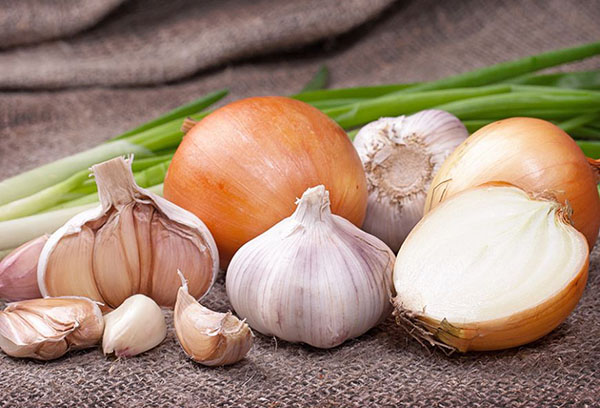
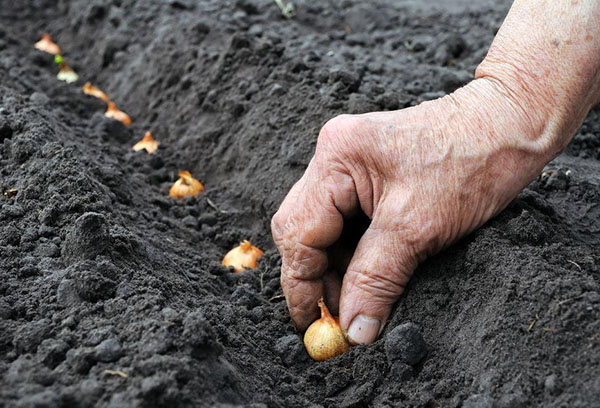
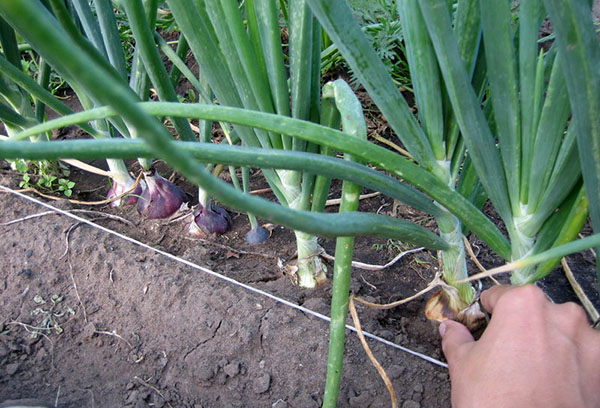
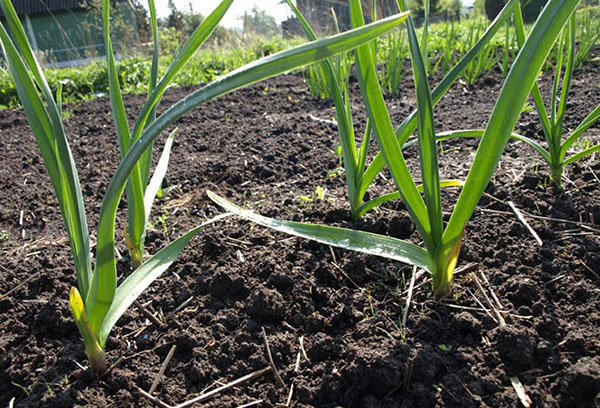
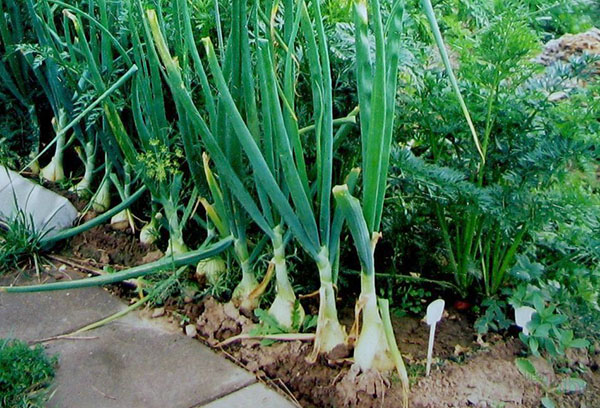
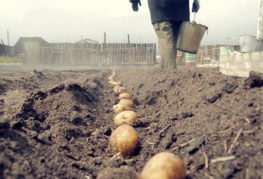
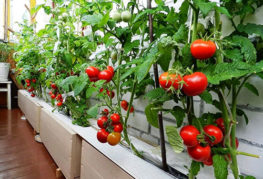
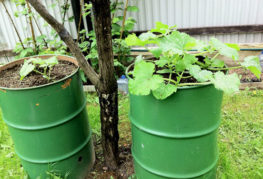
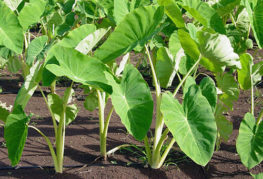


Thank you for the article